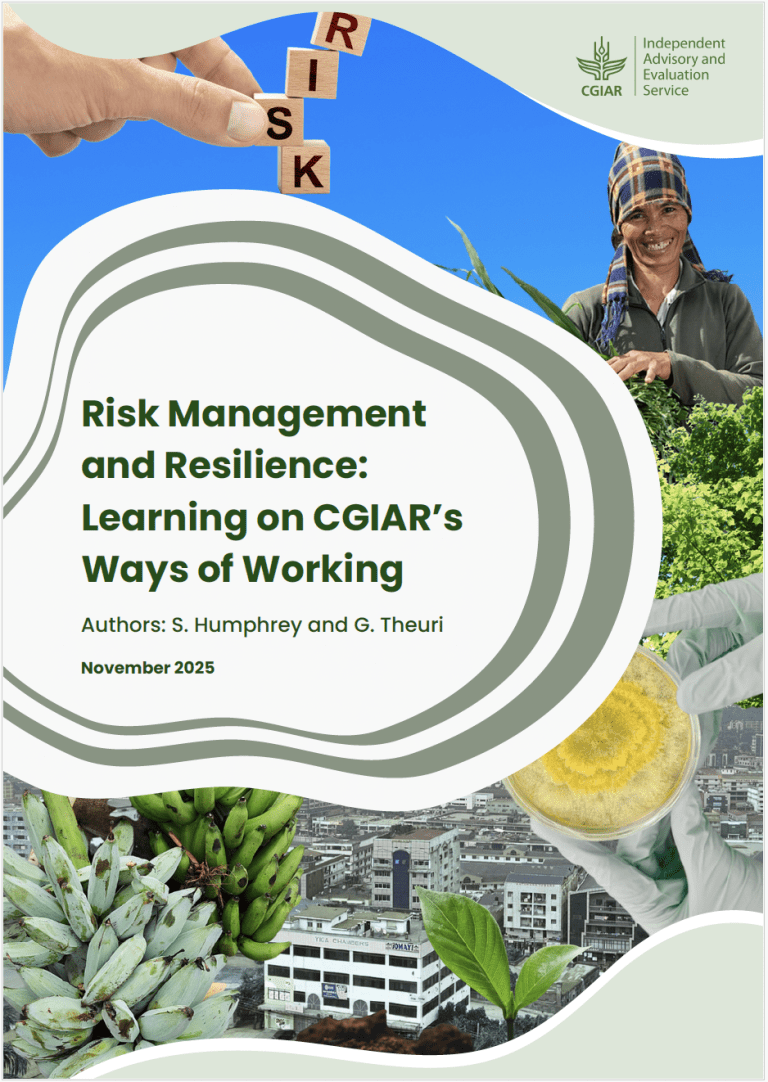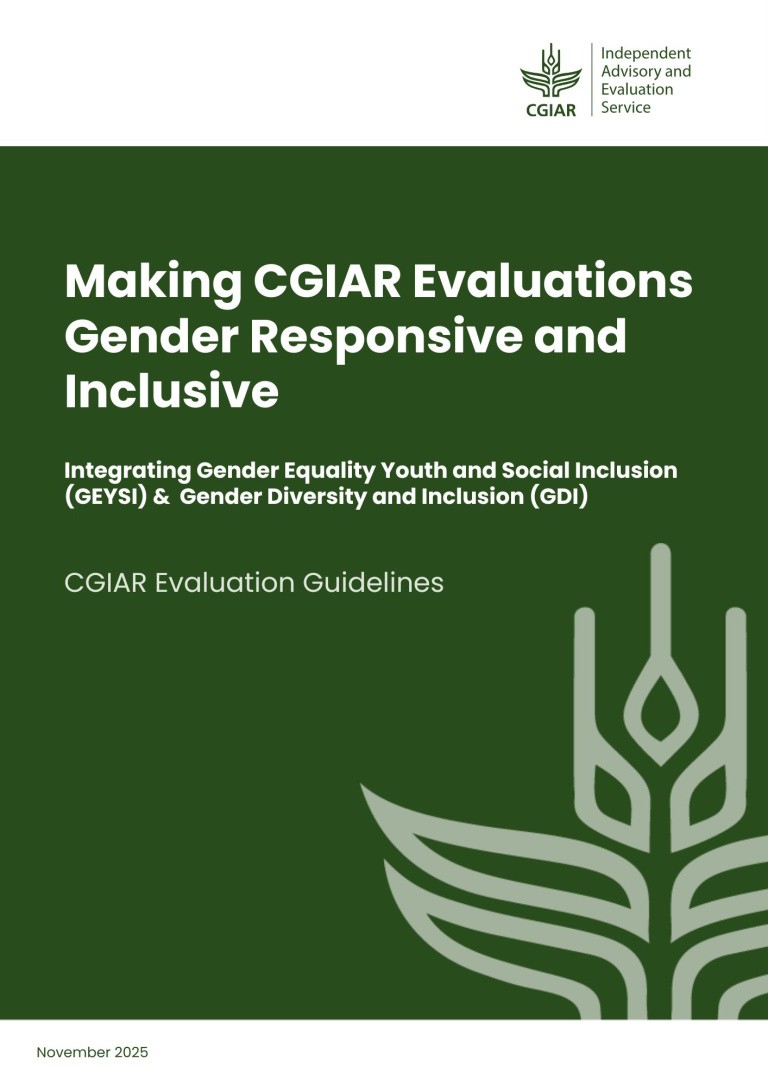It’s not every day that you can confidently say your work helped improve the lives of millions of people. But the CGIAR Research Program on Policies, Institutions, and Markets (PIM) did just that, and much more. Now a new PIM evaluation sheds light on one of the secrets behind its success: effective partnerships, while echoing CGIAR System-wide lessons and recommendations for One CGIAR from the CAS-commissioned 2021 Synthesis of evaluative evidence from a decade of CGIAR Research Programs.
A new evaluation
In late 2021, the CGIAR Research Program on Policies, Institutions, and Markets (PIM), led by the International Food Policy Research Institute (IFPRI), published the partnership evaluation report. This PIM-commissioned evaluation responded to one of the ten recommendations of the 2020 CGIAR Research Program evaluative review of PIM and addressed related key issues raised in the 2021 CGIAR Research Program Synthesis – the last two were commissioned by the CGIAR System Council through the independent evaluation function of the CGIAR Advisory Services (CAS) Shared Secretariat. Notably, one of the evaluators of the PIM partnership evaluation was also involved in the 2021 Synthesis, Deborah Templeton.
A recommendation of the external and independently commissioned 2021 Synthesis was to create strategies and a more systematic approach for developing partnerships and institutional capacity (Rec. N. 32). Building on the key findings of the 2021 Synthesis, and drawing on the framework of the 2017 IEA partnership evaluation, the main goal of the PIM-commissioned evaluation was to gain an in-depth understanding of all aspects related to PIM partnerships. During the evaluation an inventory of current partnerships was created towards improving stakeholders’ understanding of the key drivers behind effective partnership formation. The intention was to distil key learnings to inform the new CGIAR Initiatives on the best ways to create and maintain successful partnerships and enhance the potential of CGIAR to contribute to innovations, policies and capacity strengthening.
The PIM evaluation relied heavily on interview and survey data from PIM researchers and partners. This valuable feedback on experience and lessons learned helped shed light on partnership dynamics that led to innovations and policy change.
Notably, respondents identified the top three avenues to influence end-user actions and decisions:
- Changes in government investment priorities and budget allocations related to rural development research and interventions
- Changes in laws, regulations and property rights related to rural development
- Innovations in the operations and management of government agencies or other organizations related to rural development
Based on the review of literature on research for development partnerships, the PIM evaluation identified ten key enablers for effective research partnerships, such as having a designated partner with expertise in networking and communications, engaging partners in the early stages of research, and having compatible goals with partners. Further analyses found some interesting results, such as limited support for the accepted notion that a greater number of partners is linked to greater success in policy influence. The evaluation found diversity of partnerships, not quantity, was key. Having a greater diversity of partner types with complementary knowledge, skills and resources is likely to lead to better results.
Over the past decade, projects under the PIM umbrella accomplished amazing results, supported by evaluative evidence. PIM supported a direct seed marketing program in Ethiopia that has reached 1.5 million farmers and increased maize yield by 26%, while other research has helped to reform seed systems in Afghanistan, Nepal and Uganda. In Uganda, a number of studies underpinned the scale up of a volunteer farmer trainer program which helped 352,000 farmers improve their knowledge on dairy farming, and led to significant increases in milk productivity. Research helped identify improved innovations taken up in social protection programs in several countries including the Takaful and Karama program in Egypt (with more than 12 million beneficiaries). The development of participatory approaches and evidence helped to secure tenure for pastoralists in Tanzania, and forest margin communities in Guatemala.
These are just some of the examples reported by the evaluation, with a full list of 80+ projects in Annex G. One constant identified from the evaluation is that strategic and effective collaboration with research and development partners is critical for achieving impact at scale. This echoes findings from the 2021 Synthesis, which led to recommendations N.32 and N.33.
Findings and recommendations
For new Initiatives under a One CGIAR, it is worth considering a number of the findings from the PIM partnership evaluation, such as the potential negative consequences of inadequate funding on partnership effectiveness. There is also a lack of robust analyses to measure the benefits and impact of partnerships, and lessons on which approaches did or didn’t work, and the reasons behind them. This type of analysis, done routinely, would help build a solid evidence base to guide best-practice partnership selection and maintenance. Another key output of the PIM-commissioned evaluation was a set of key recommendations, which included the need for CGIAR to prioritize stakeholders in the design, development and initial implementation stages of new activities and initiatives (Rec. N. 1), as well as improving ways to measure partnership effectiveness (Rec. N. 2). The evaluation also called for prioritizing developing a consultative partnership strategy to address the increasing need for more strategic and innovative partnership modalities (Rec. N.3) and to promote the development and use of detailed context-specific pathways for change (Rec N.4). In parallel, the evaluation suggests that CGIAR should improve the communication and use of lessons learned from results-based monitoring and evaluation activities, to inform the path ahead (Rec. N. 5).



